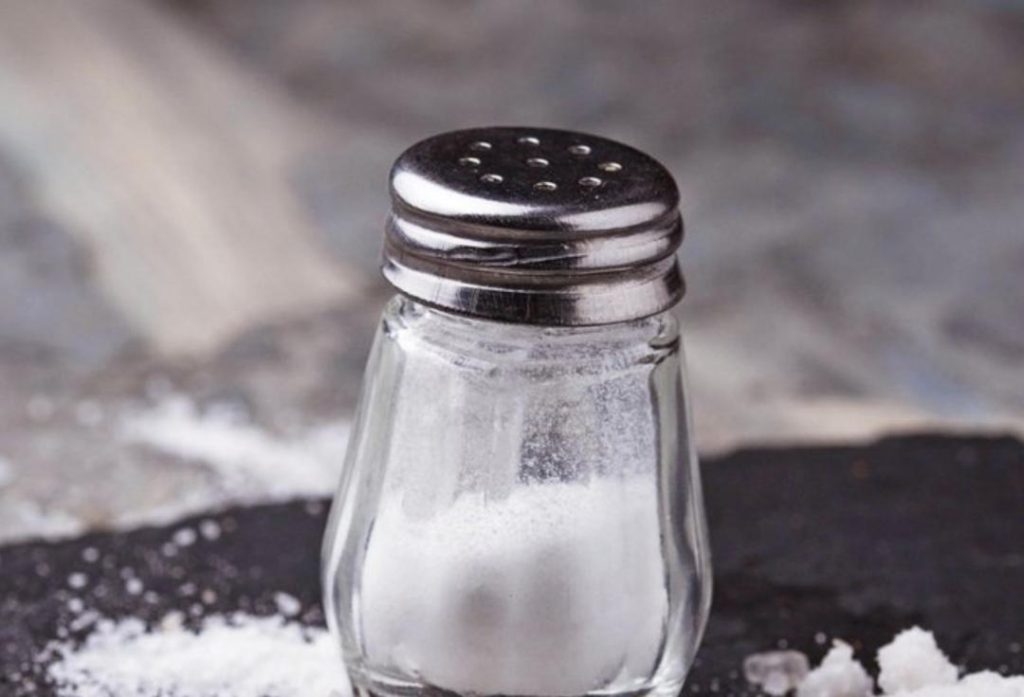
Replace Regular Table Salt with Lower-Sodium Salt Substitutes, Recommends WHO
The latest guidelines by the World Health Organization (WHO) have recommended using lower-sodium salt substitutes (LSSS) that contain potassium instead of regular table salt. This move is aimed at reducing the high consumption of sodium in our diets, which is a major risk factor for various health problems, including heart disease, stroke, and kidney disease.
According to the WHO, an estimated 1.89 million deaths each year are associated with consuming too much sodium. This is a staggering number, and it highlights the need for a drastic change in the way we consume salt. The organization has emphasized that all salt that is consumed should be iodized (fortified with iodine), which is essential for maintaining healthy thyroid function.
So, what are lower-sodium salt substitutes, and how do they work? LSSS are salt substitutes that contain potassium chloride or calcium chloride instead of sodium chloride (regular table salt). These substitutes are designed to provide the same flavor and texture as regular salt but with significantly less sodium.
The use of LSSS is not a new concept. In fact, potassium chloride has been used as a salt substitute for decades in many parts of the world. However, the WHO’s recent guidelines are a significant development in the fight against excessive sodium consumption.
So, why are LSSS recommended over regular table salt? The main reason is that they contain significantly less sodium. Regular table salt contains about 40% sodium by weight, which is a major contributor to high blood pressure and cardiovascular disease. In contrast, LSSS typically contain less than 5% sodium by weight, making them a much healthier option.
Another advantage of LSSS is that they can help reduce potassium deficiency, which is a common problem in many parts of the world. Potassium is an essential mineral that plays a crucial role in maintaining healthy blood pressure, heart function, and muscle contractions. However, many people do not consume enough potassium-rich foods, which can lead to deficiency.
The use of LSSS can also help reduce the risk of kidney disease. High sodium consumption is a major risk factor for kidney disease, and LSSS can help reduce this risk by reducing sodium intake.
But how can you incorporate LSSS into your diet? The good news is that it’s easy to make the switch. Here are a few tips to get you started:
- Start by substituting regular salt with LSSS in your cooking and baking. This is a great way to reduce sodium intake without sacrificing flavor.
- Use LSSS to season your food instead of regular salt. This can help reduce sodium intake and add a touch of potassium to your diet.
- Experiment with different LSSS products to find one that you like. There are many different brands and types of LSSS available, so it’s worth trying out a few to find one that suits your taste preferences.
- Don’t forget to also consume potassium-rich foods. While LSSS can provide some potassium, it’s still important to consume potassium-rich foods like bananas, leafy greens, and avocados.
In conclusion, the WHO’s recent guidelines recommend using lower-sodium salt substitutes (LSSS) that contain potassium instead of regular table salt. This move is aimed at reducing the high consumption of sodium in our diets, which is a major risk factor for various health problems, including heart disease, stroke, and kidney disease. By incorporating LSSS into your diet and also consuming potassium-rich foods, you can reduce your risk of these health problems and maintain overall health and well-being.






